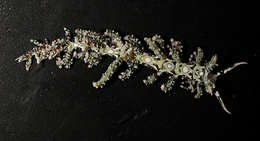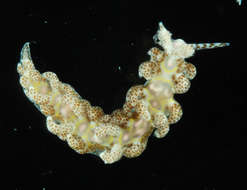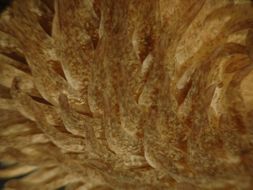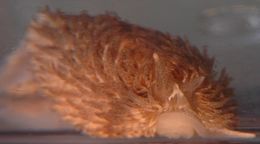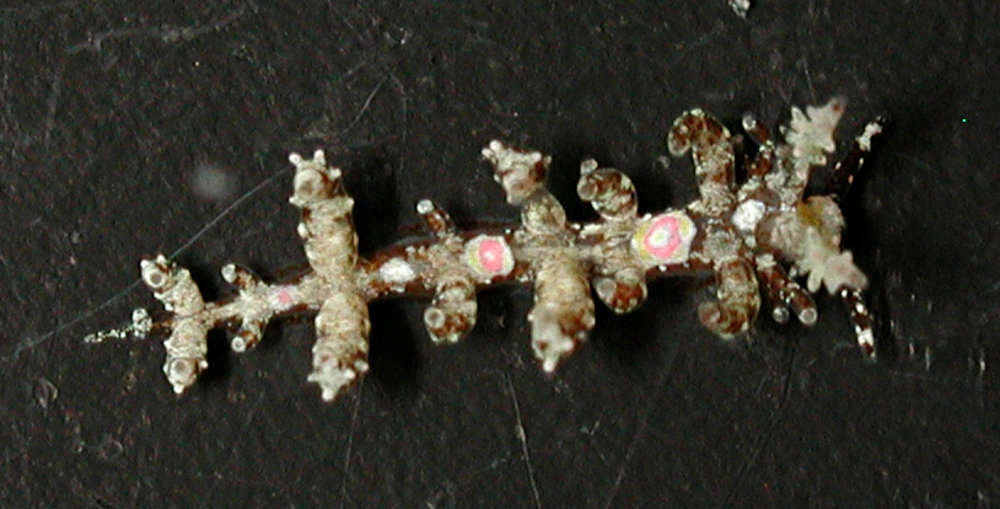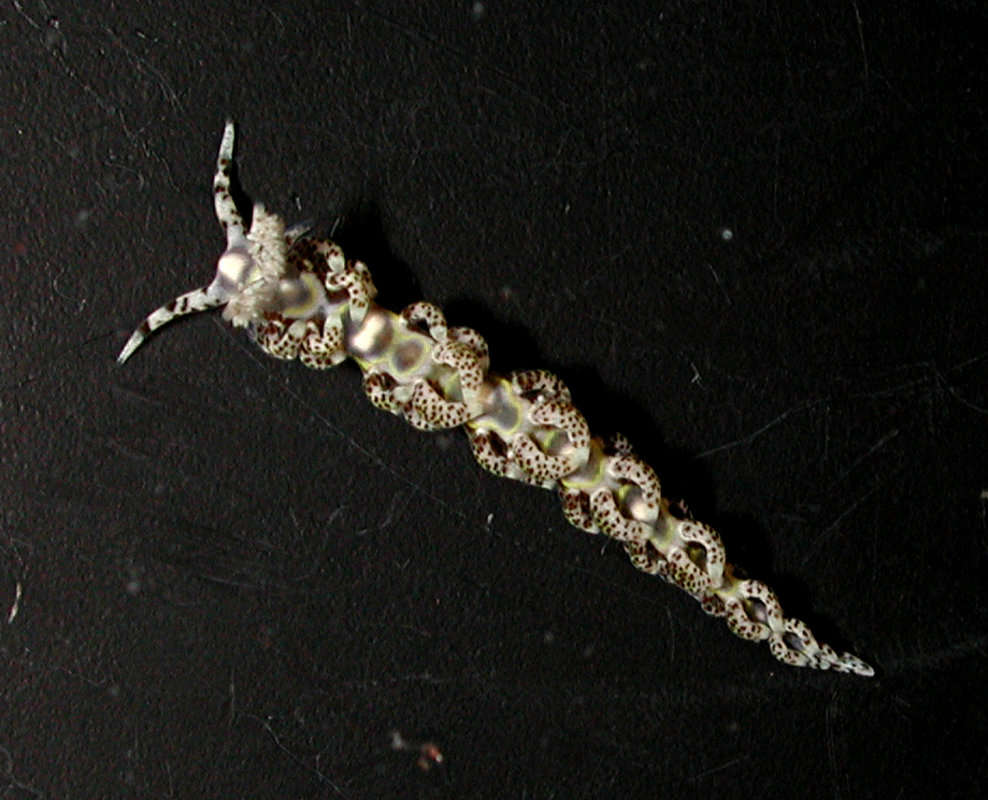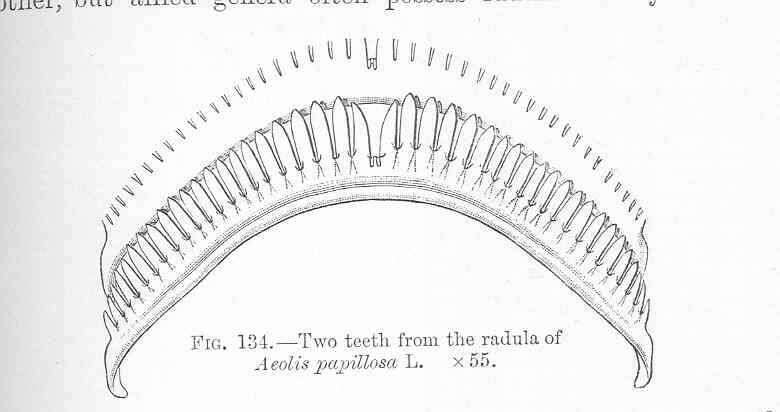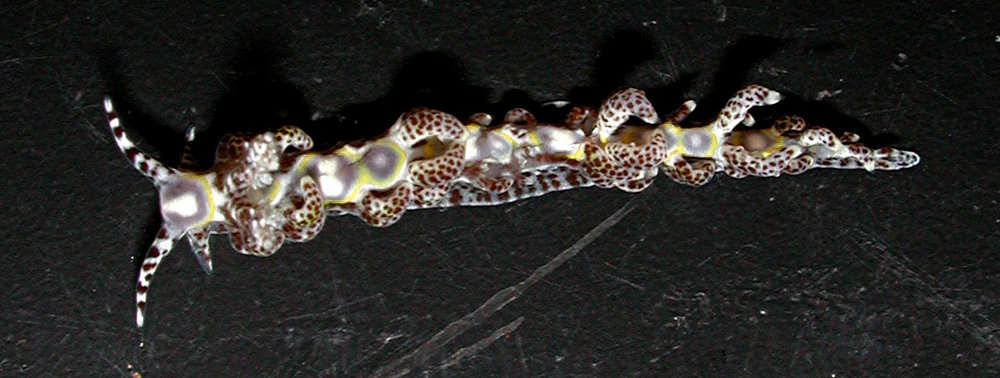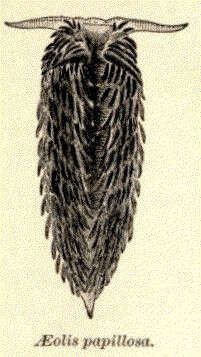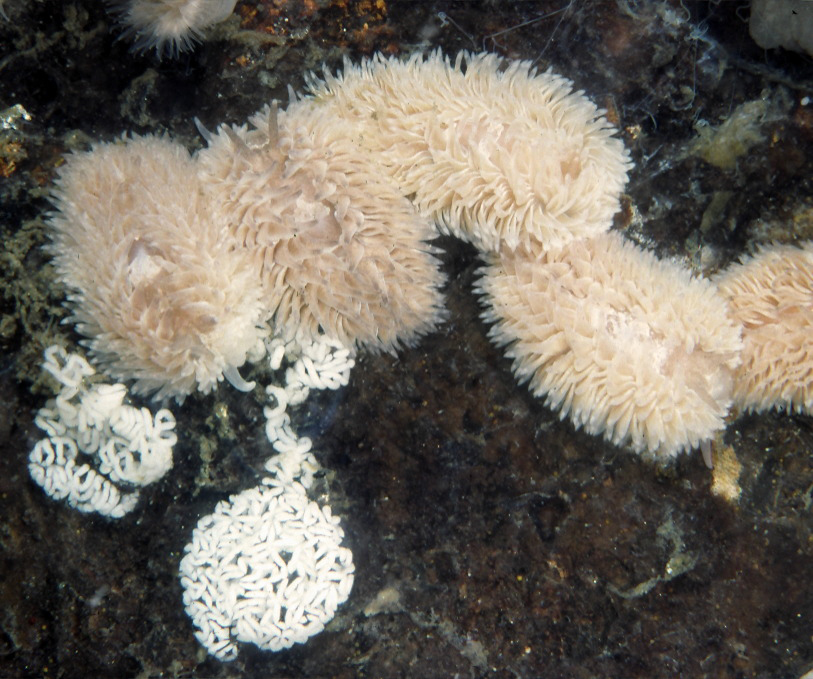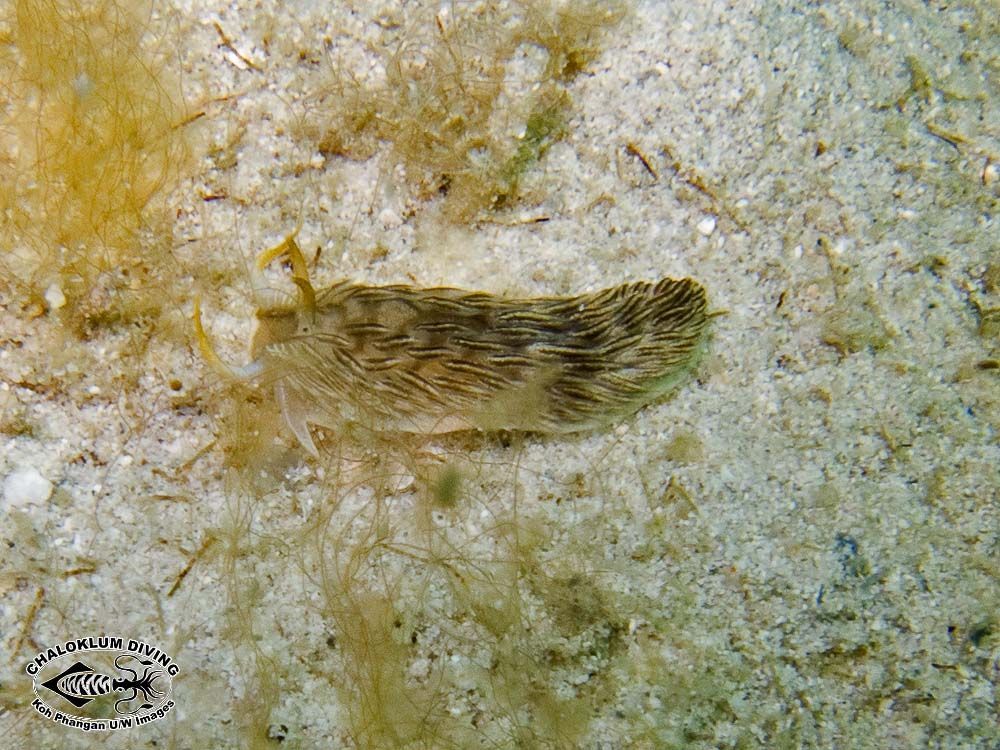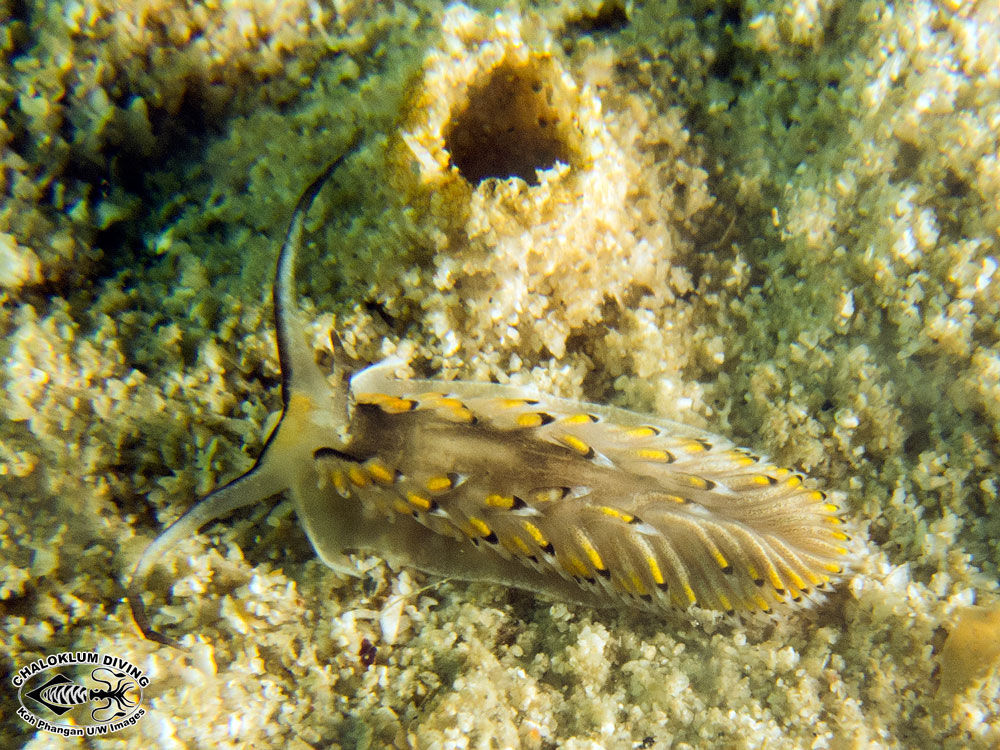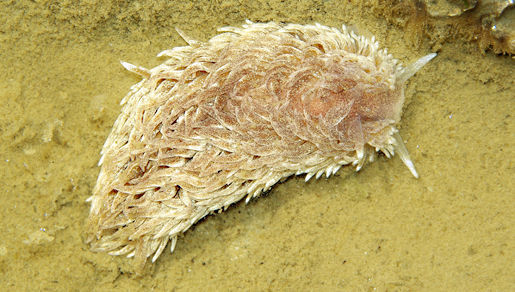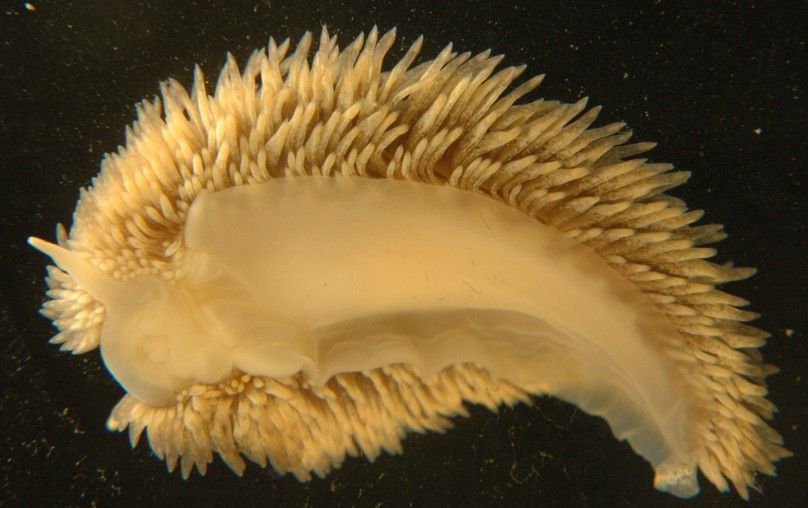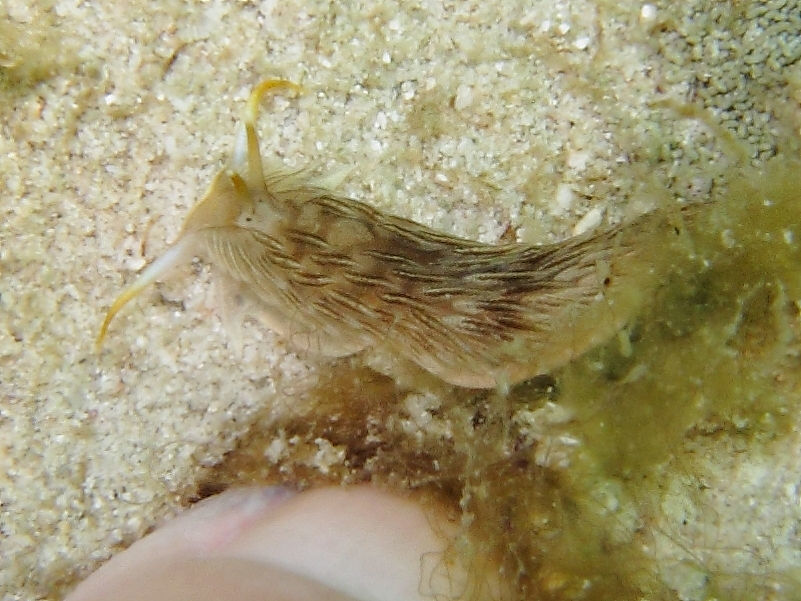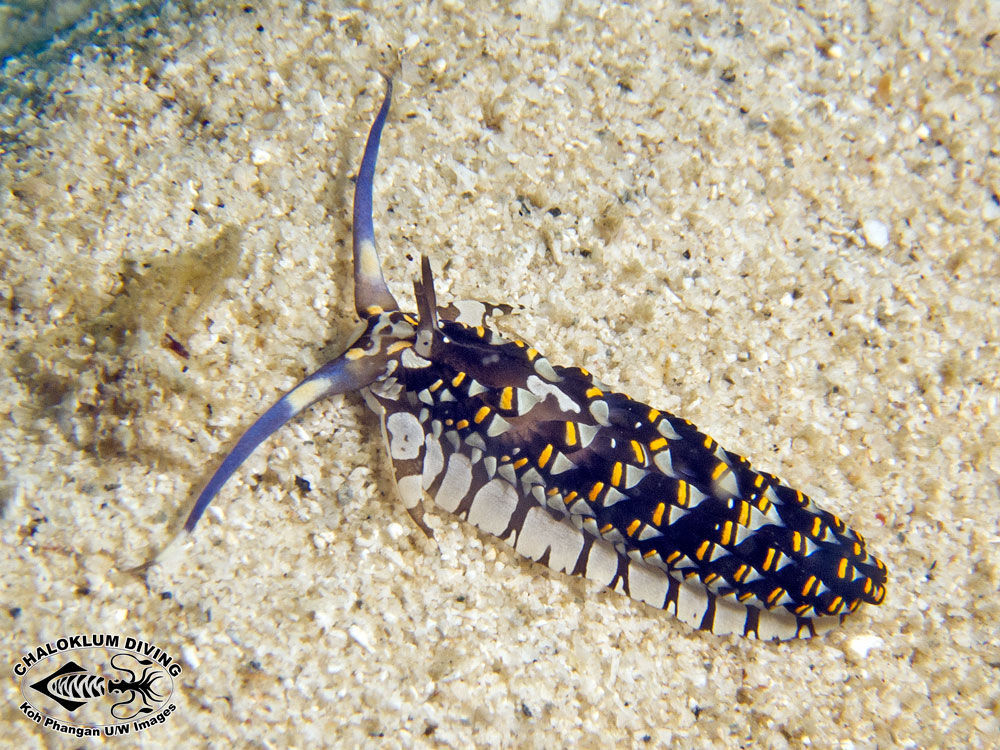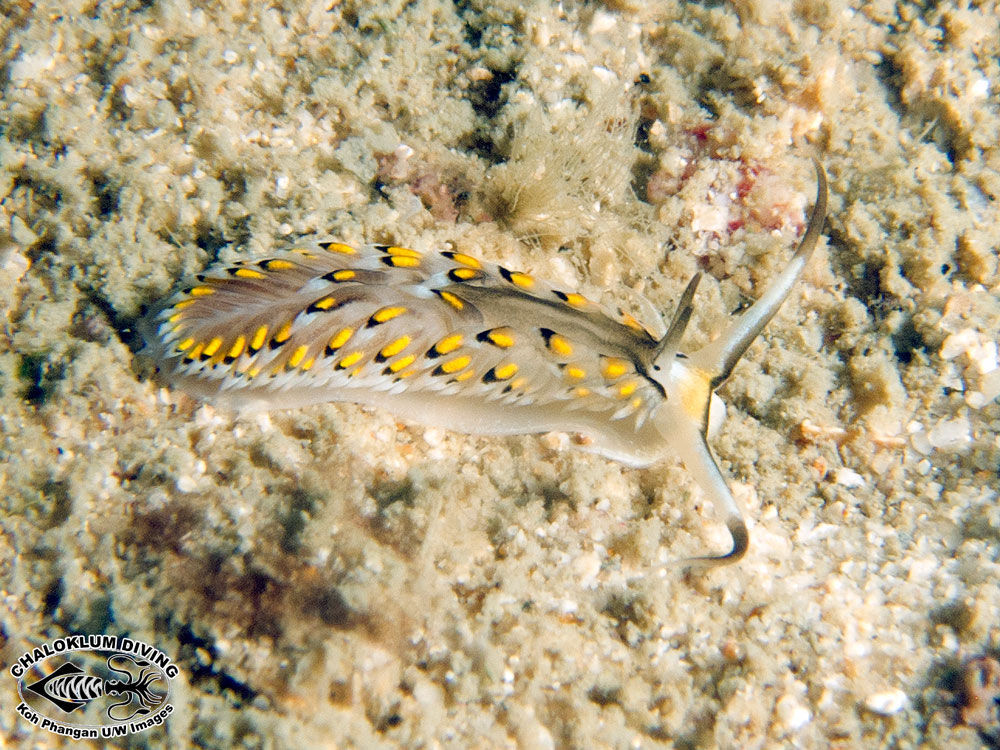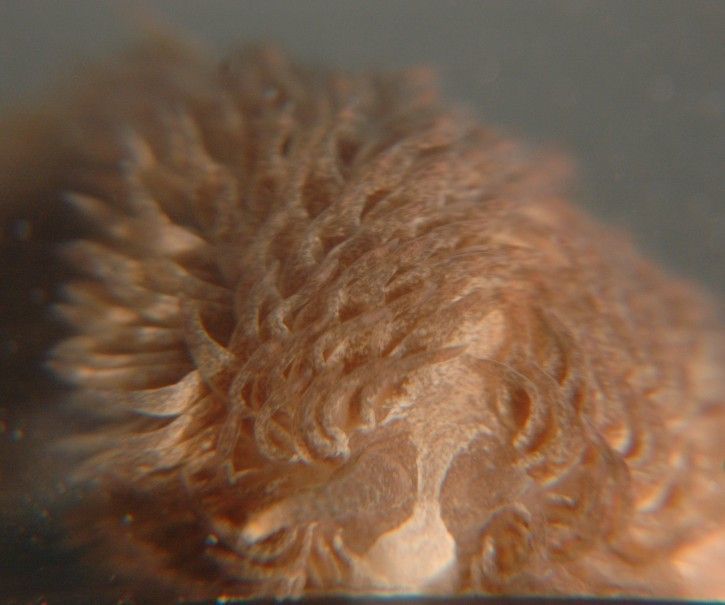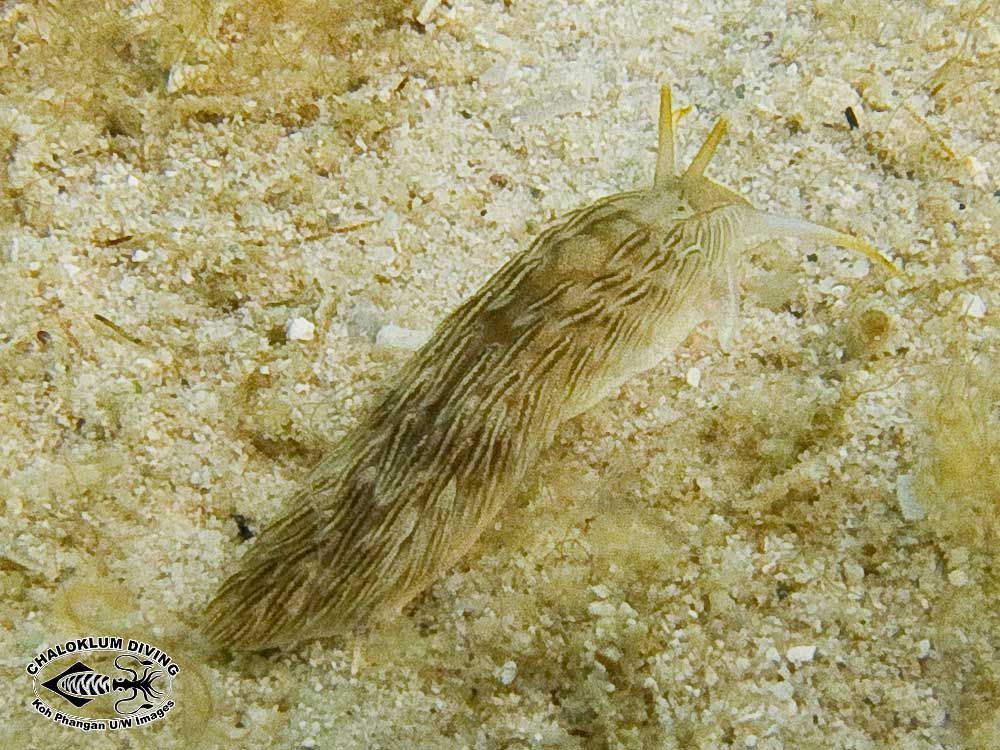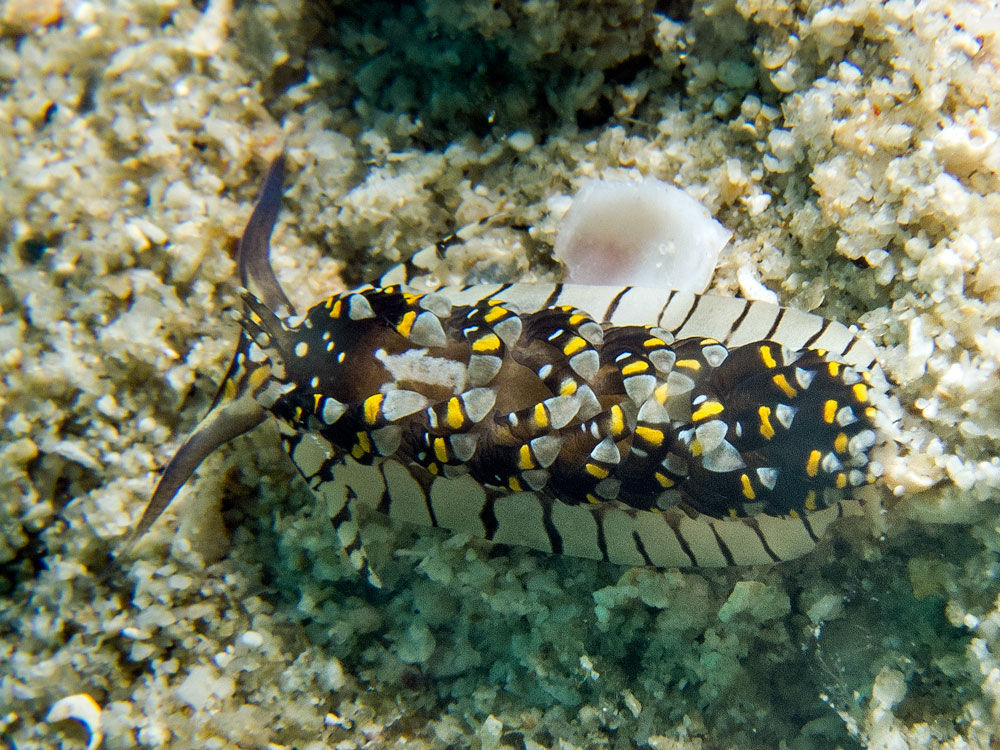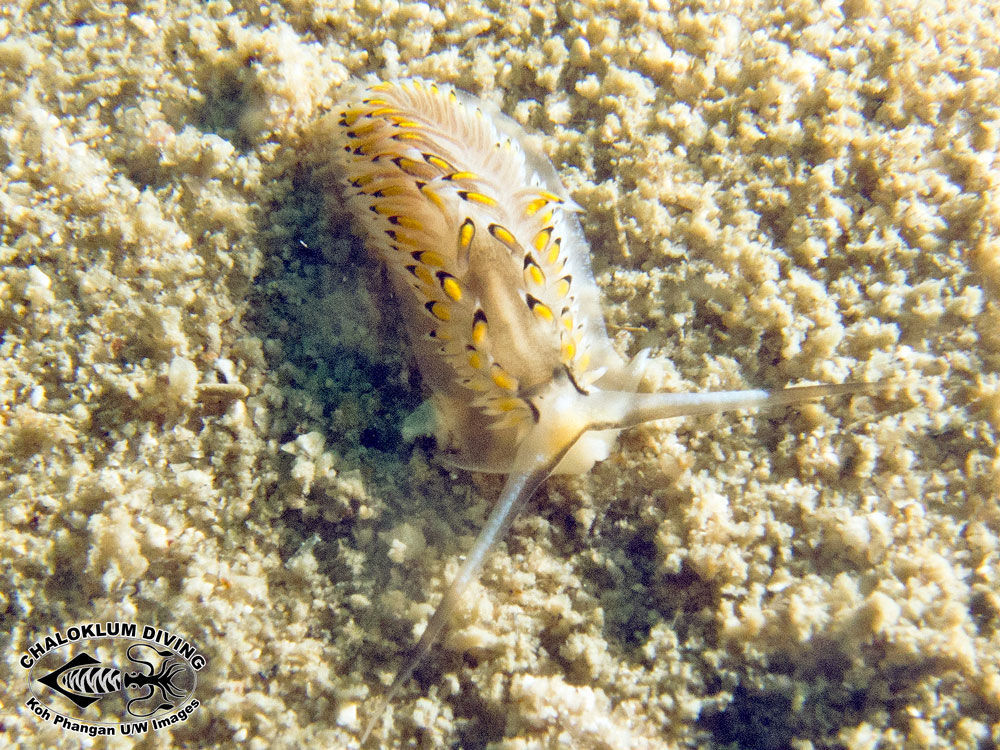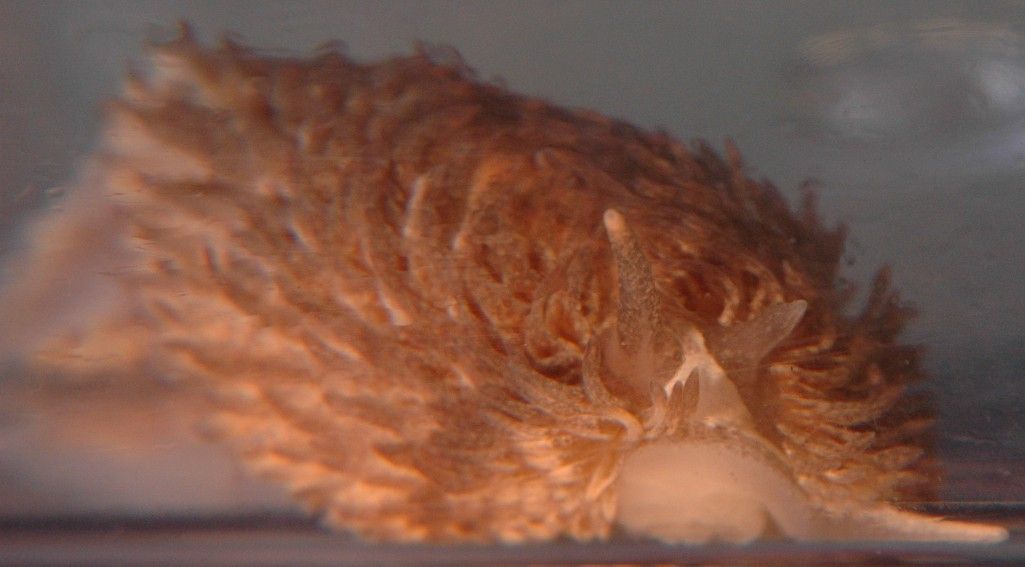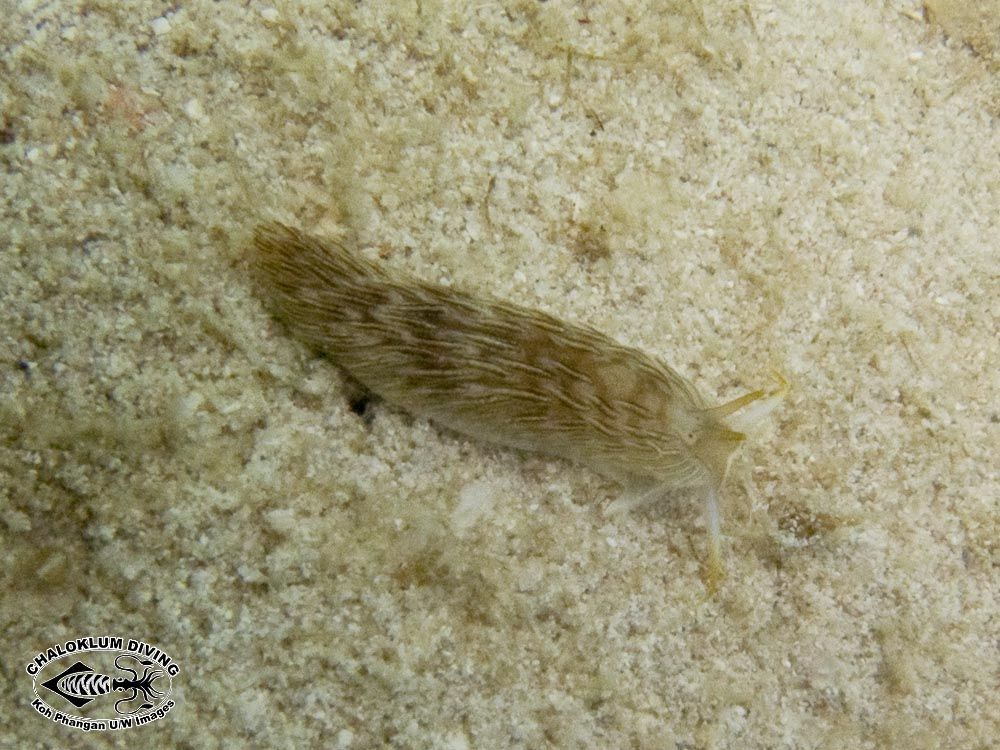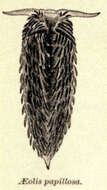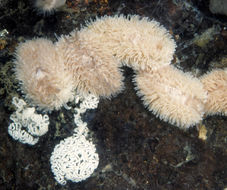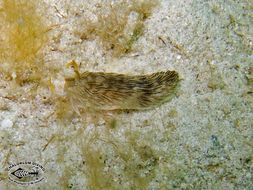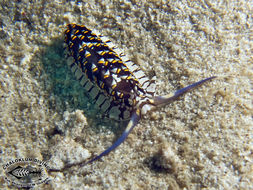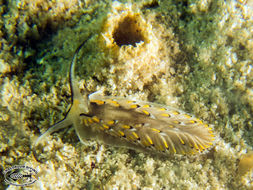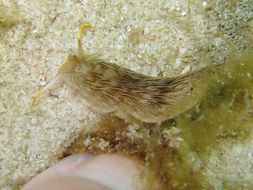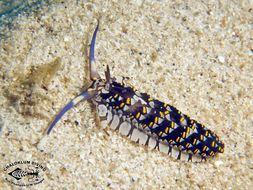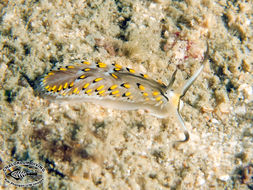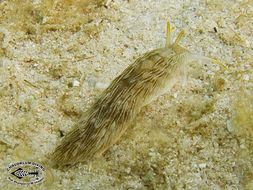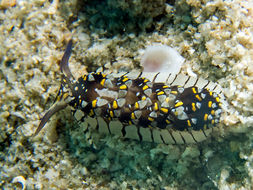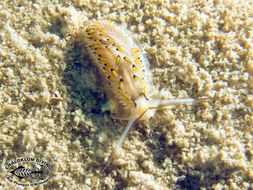-
All Biocode files are based on field identifications to the best of the researcher’s ability at the time.
-
All Biocode files are based on field identifications to the best of the researcher’s ability at the time.
-
Indo-Pacific, Shot at night, Duration 20 seconds
-
Two teeth from the radula of Aeolis papillosa L..
-
All Biocode files are based on field identifications to the best of the researcher’s ability at the time.
-
Aeolis papillosa.
-
All Biocode files are based on field identifications to the best of the researcher’s ability at the time.
-
All Biocode files are based on field identifications to the best of the researcher’s ability at the time.
-
2005 California Academy of Sciences
CalPhotos
This cluster of eolid nudibranchs, mating and laying eggs, is on a wharf piling in Monterey Bay.
-
Cerberilla incola
-
Cerberilla ambonensis
-
Cerberilla affinis
-
The cerata are flattened, widest above the base, and taper to a point. The hepatic diverticula cannot be readily seen within them if there is pigment present. The tips often take on the coloration of their anemone food. The mid-dorsal band, which is cerata-free but has light cororation on it, can be seen to the right.
-
Gray sea slug; vlokkige zeenaaktslak.
-
The foot tapers but is not drawn out into a long, sharp point.
-
Cerberilla incola
-
Cerberilla ambonensis
-
Cerberilla affinis
-
This head-on view shows the white triangle anterior to the rhinophores. It also shows the smooth, tapering rhinophore with a light-colored tip, and the fact that the rhinophore seems to have a pore in the end. Notice also the cerata-free band that runs mid-dorsally and has light coloration.
-
Cerberilla incola
-
Cerberilla ambonensis from Koh Phangan
-
Cerberilla affinis
-
This head-on view shows the rhinophores (the one on the right seems to have been injured and truncated), plus one of the two pedal tentacles extends to the right.
-
Cerberilla incola





